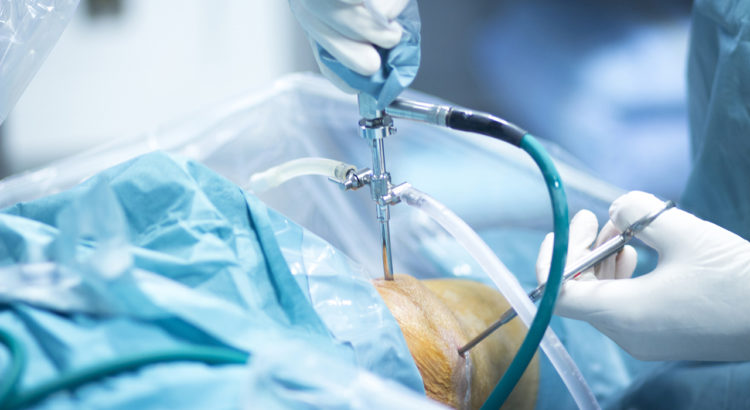

Some women may have difficulty conceiving due to issues related to congenital or acquired problems in their reproductive system. These may range from a congenital malformation of the uterus or absence of a vagina, to acquired abnormalities such as polyps, fibroids or endometriosis. If such a condition is found during our comprehensive fertility evaluation, it may be necessary to have surgery to correct the problem.
Removal of Uterine Fibroids :
Many reproductive surgery patients have uterine fibroids, which can be symptom-free or cause excessive uterine bleeding, recurrent miscarriage, pelvic discomfort and pressure, or anemia. Depending on the fibroid size, number, and location, these benign tumors can be removed with laparoscopy or hysteroscopy, though at times an open incision is required.
Removal of Ovarian Cysts :
Benign ovarian cysts are common during a woman's reproductive years, and many do not require surgical intervention. If surgery is required to address a large, persistent, or symptomatic ovarian cyst, it can typically be accomplished laparoscopically.
Tubal Ligation Reversal :
In vitro fertilization is most often used to treat patients who have had their fallopian tubes tied or cauterized. However, in select cases, surgical tubal ligation reversal may be appropriate to restore fertility. This procedure is typically performed laparoscopically with robotic assistance.
Treatment of Endometriosis :
Endometriosis is a common case of pelvic pain in women of reproductive age, and is even more prevalent among women with infertility. While symptoms of endometriosis are typically treated with medication in women who are not trying to conceive, surgery is sometimes required in women who are trying to conceive. Surgical treatment of endometriosis is typically accomplished laparoscopically.
Repair of Uterine Abnormalities :
During fetal development, abnormalities of the uterus, fallopian tubes, or vagina may occur. Such malformations may contribute to infertility, pelvic pain, or recurrent pregnancy loss. Depending on the condition, surgical treatment is typically performed through the vagina, or with laparoscopy or hysteroscopy.
Removal of Scar Tissue :
Scar tissue can develop in the pelvic cavity or within the uterine cavity after a previous surgery, infection, or as a result of endometriosis. Scar tissue in the pelvic cavity may contribute to blockage of the fallopian tubes, whereas scar tissue in the uterine cavity can make it difficult for an early pregnancy to implant. When surgical treatment of scar tissue is required, it can be performed with laparoscopy or hysteroscopy depending on its location.